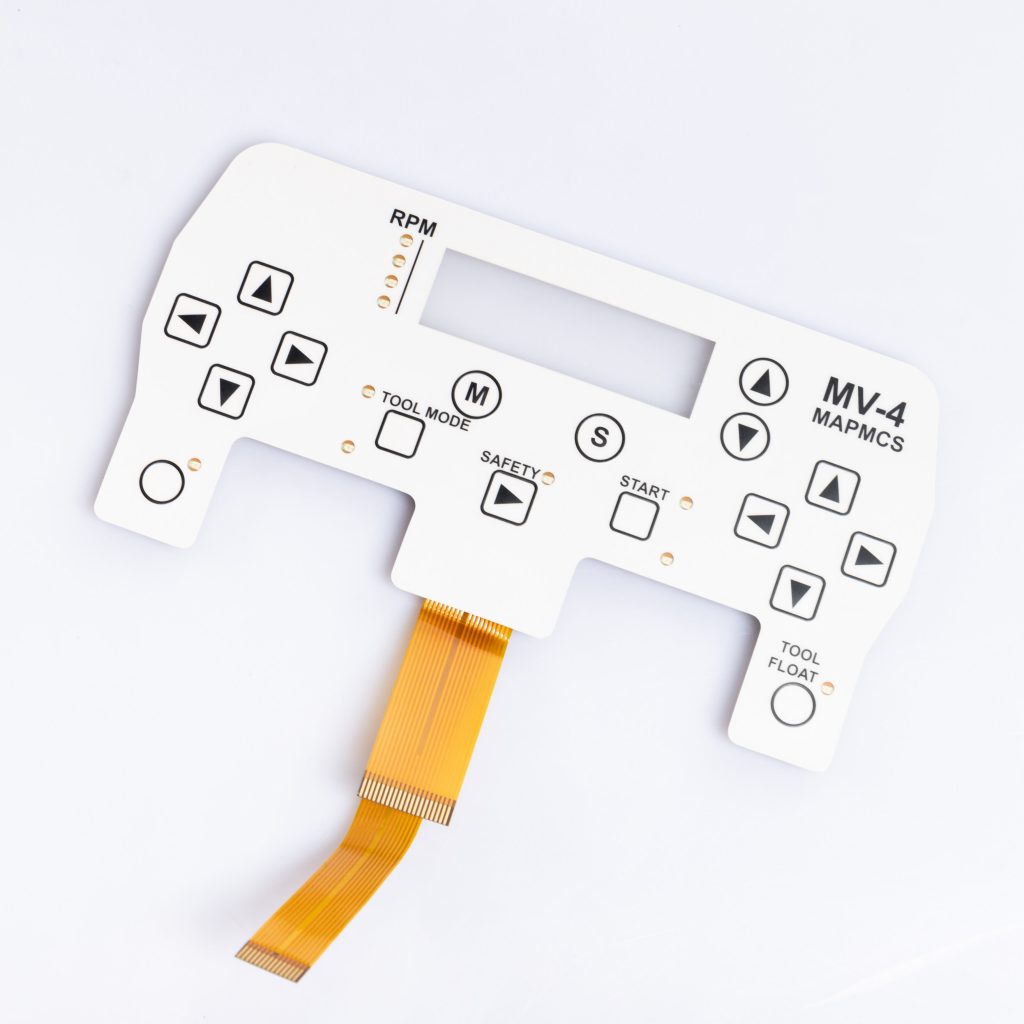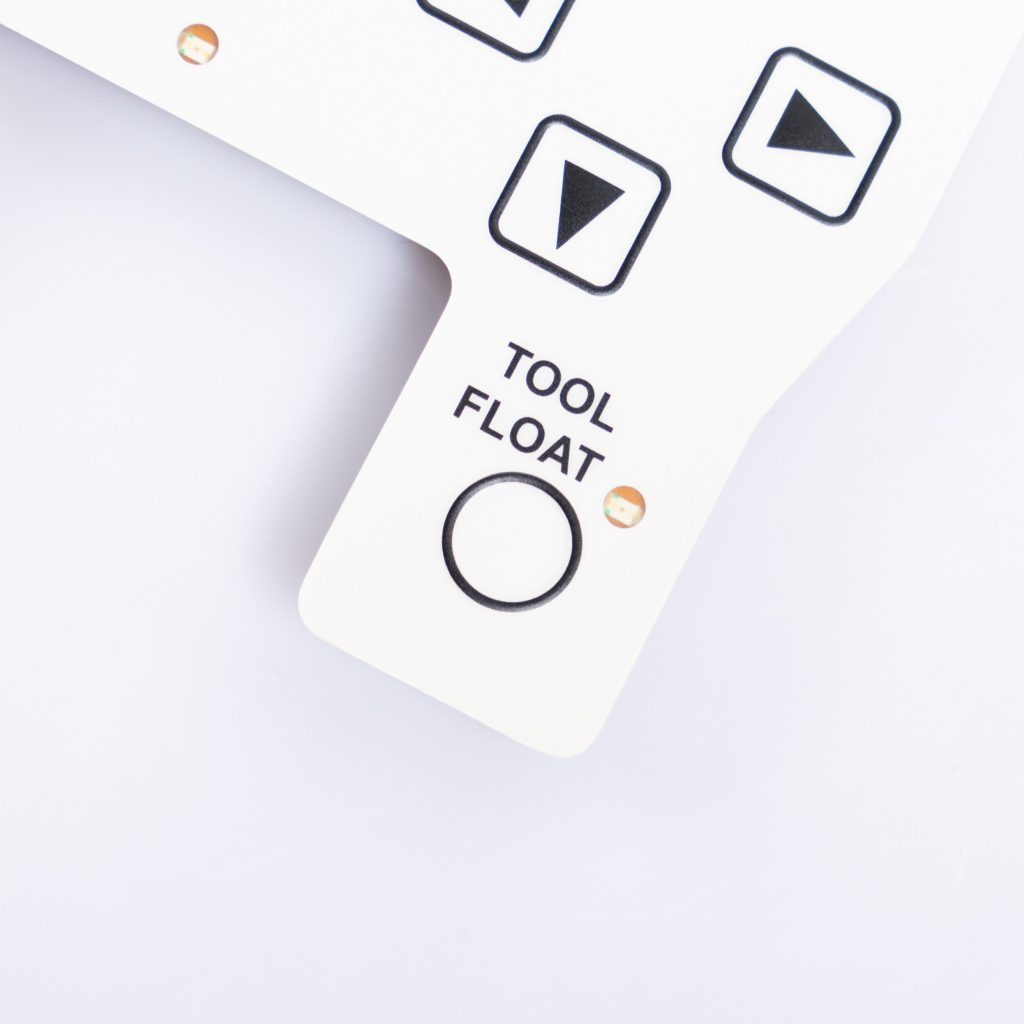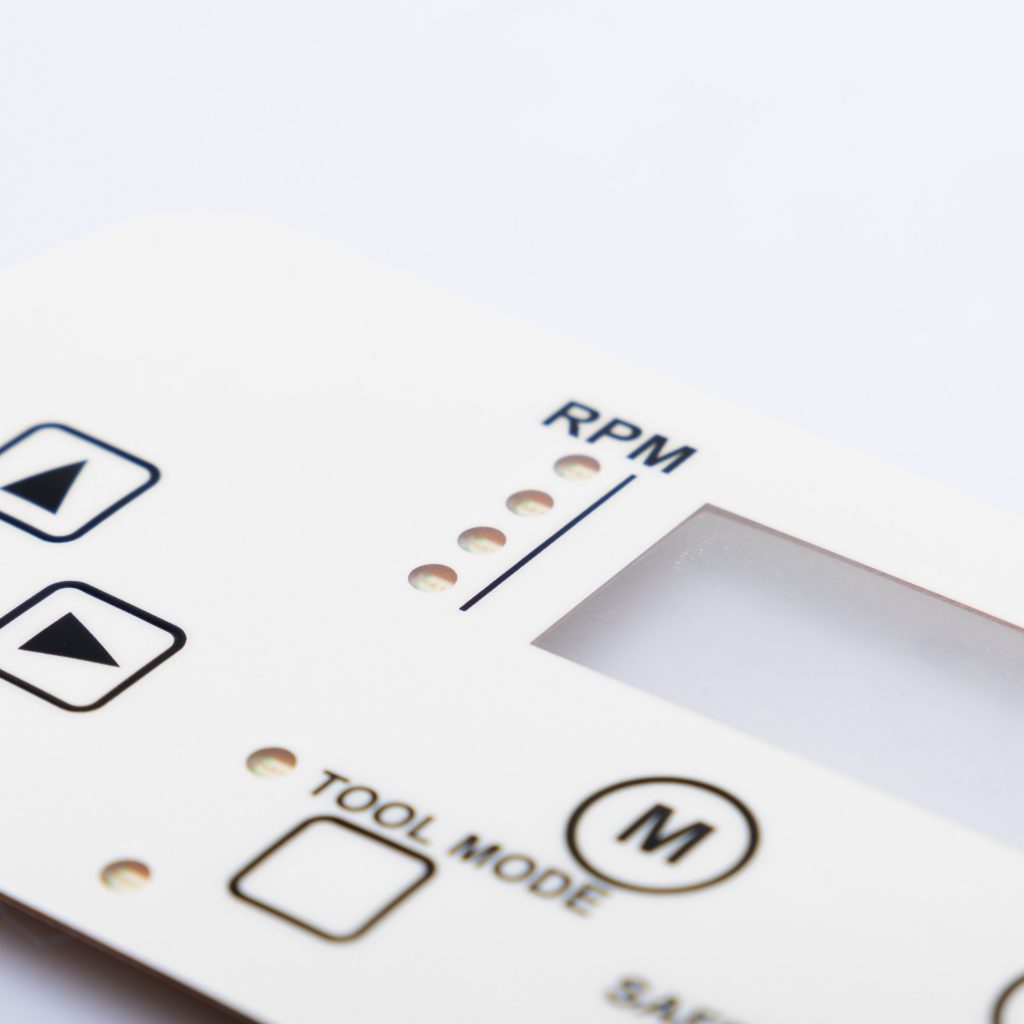Contact
Write to Us And We Would Be Happy to Advise You.
Do you have any questions, or would you like to speak directly with a representative?
By hqt
In today’s technology-driven world, membrane switches with LED backlights have become an integral part of various electronic devices, ranging from microwave ovens to medical equipment and consumer electronics. These switches offer a tactile interface and are aesthetically pleasing, thanks to their illuminated buttons. However, one common concern when using LED backlights in membrane switches is the heat they generate during operation. Excessive heat can lead to reduced component lifespan and potential safety hazards. In this article, we will explore effective ways to reduce the heat generated by LED backlights in membrane switches.



Before diving into solutions, it’s essential to grasp the mechanism behind heat generation in LED backlights within membrane switches. LED stands for Light Emitting Diode, and these components emit light when an electric current flows through them. During this process, energy is converted into both light and heat. While LEDs are more energy-efficient than traditional incandescent bulbs, they still generate heat, which can accumulate within the confined space of a membrane switch.
The choice of LEDs plays a crucial role in managing heat generation. Opt for low-power LEDs that emit sufficient light while producing less heat. Modern LED technology offers a wide range of options with varying power ratings. Consider LEDs with lower wattage for your membrane switches to mitigate heat issues.
Effective heat dissipation is key to preventing overheating in membrane switches with LED backlights. There are several strategies to achieve this:
Thermal pads and heat sinks can be strategically placed within the membrane switch assembly to absorb and dissipate heat. These components act as thermal bridges, allowing the heat to move away from sensitive areas and into the surrounding environment.
Proper ventilation and airflow design within the device housing can significantly reduce heat buildup. Ensure that there are adequate openings or vents to allow hot air to escape. Fans or natural convection can be employed to facilitate airflow.
Controlling the LED drive current is another effective way to manage heat generation. LED brightness is directly proportional to the amount of current passing through them. By lowering the drive current to an optimal level, you can reduce heat production without compromising the desired level of illumination.
Pulse Width Modulation is a technique that controls LED brightness by rapidly turning the LED on and off. This not only saves power but also reduces heat generation. PWM can be implemented in the LED driver circuit of the membrane switch.
The ambient temperature in which the membrane switch operates can impact heat generation. If possible, maintain the device within a specified temperature range, as excessive heat in the environment can exacerbate the problem.
Applying thermal insulation materials to the interior of the device housing can help maintain lower operating temperatures. These materials act as a barrier, preventing heat from affecting other components.
In conclusion, managing heat generated by LED backlights in membrane switches is crucial to ensure the longevity and safety of electronic devices. By selecting low-power LEDs, implementing efficient heat dissipation methods, controlling LED drive current, using PWM, considering ambient temperature, and using thermal insulation, you can effectively reduce heat buildup. These strategies not only enhance the performance of your membrane switches but also contribute to the overall reliability of your electronic devices.
Q: Can I use regular LEDs in membrane switches?
Q: How do I determine the optimal LED drive current for my membrane switch?
Q: Is PWM suitable for all types of membrane switches?
Q: Are there any safety concerns related to heat in membrane switches?
Q: Can I retrofit existing membrane switches with better heat management solutions?
Do you have any questions, or would you like to speak directly with a representative?